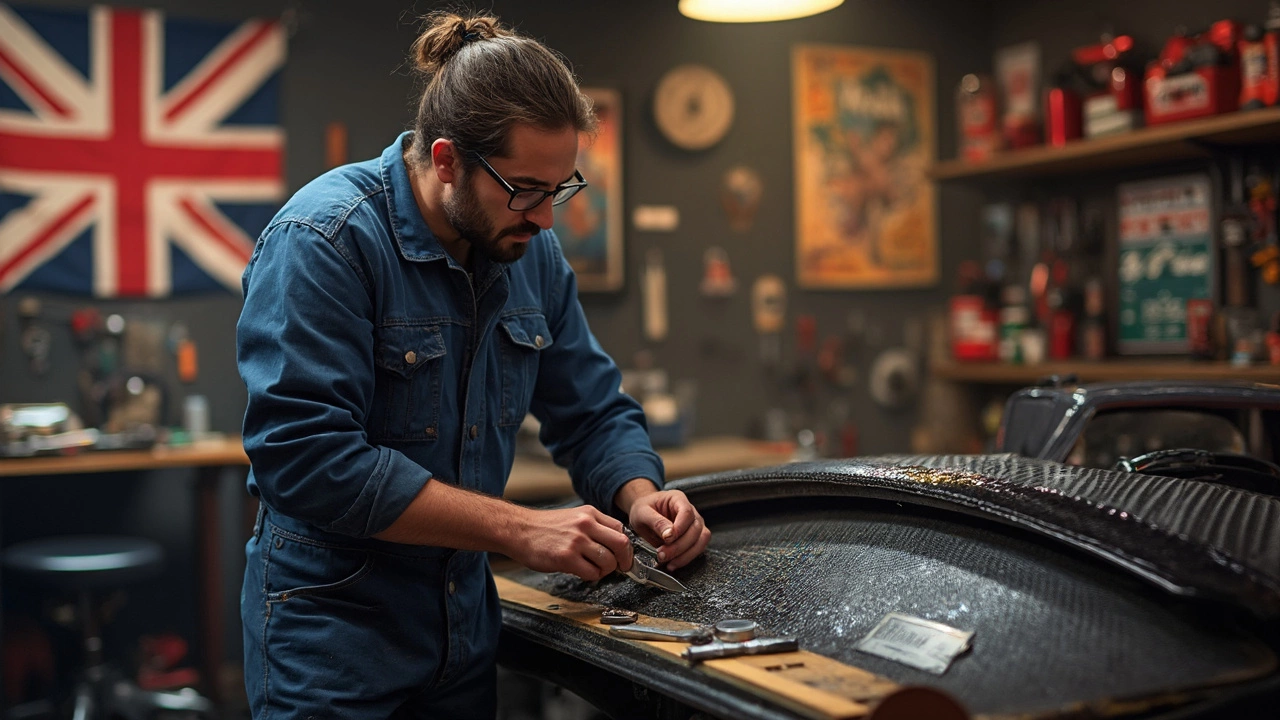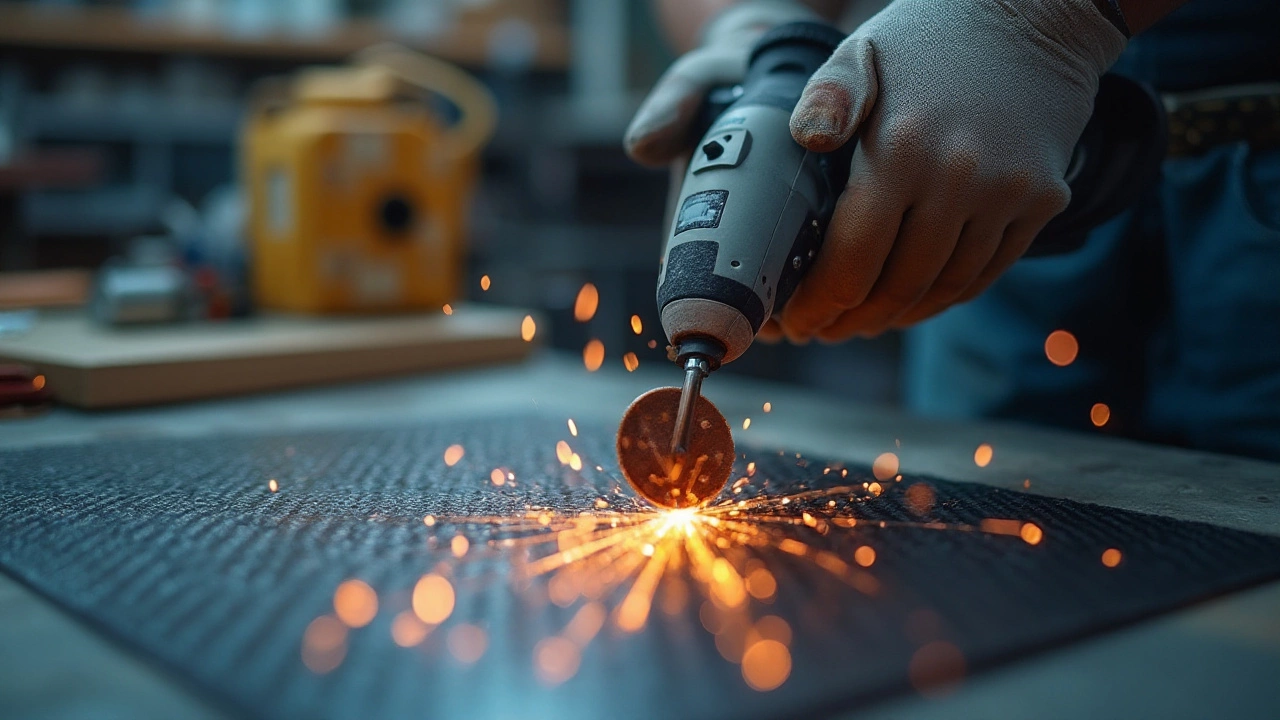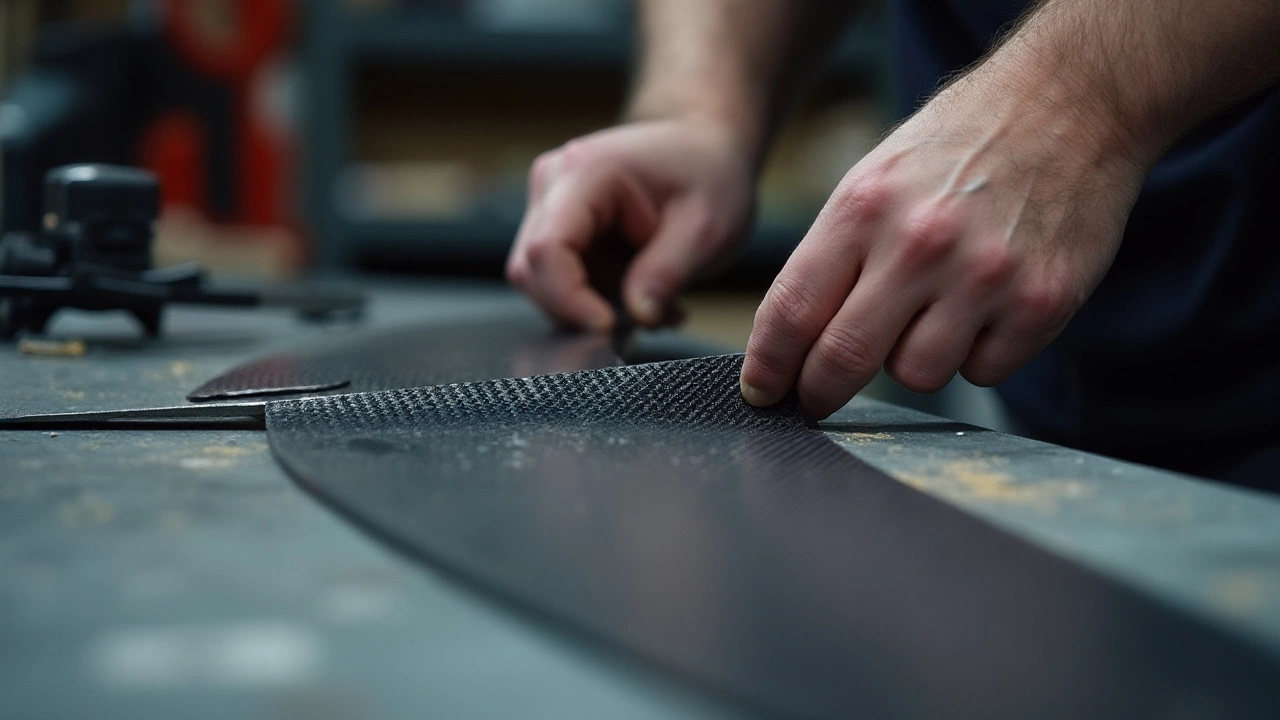Car Spoilers: Style, Performance and Easy Installation Tips
Thinking about adding a spoiler to your ride? You’re not just chasing looks – a well‑chosen spoiler can tighten grip, cut drag and give your car a more aggressive stance. Below we break down why spoilers matter, how to pick the right one, and what to watch out for during installation.
Why Add a Spoiler?
First off, a spoiler isn’t just a plastic wing you slap on for show. It creates downforce, pushing the rear of the car down at speed, which helps the tires stay glued to the road. On a daily driver that means better stability on highways and a nicer feel around corners. Plus, a sleek spoiler can instantly upgrade the visual appeal – think of it as a fashion accessory for your chassis.
Choosing & Installing the Right Spoiler
Start by deciding what you want: a low‑profile lip for subtle lift, a large duck‑tail for a classic look, or a full‑size wing for track‑day performance. Measure the width of your trunk or hatch to ensure a proper fit – most spoilers bolt to existing mounting points, but some need custom brackets. If you’re unsure, check the car’s manual or look up fit‑ment guides for your make and model.
Installation is often a weekend DIY job. Gather basic tools – a drill, socket set, and torque wrench – and follow these steps: 1) Clean the mounting area, 2) Align the spoiler brackets, 3) Pre‑drill holes if required, 4) Bolt everything tight, and 5) Double‑check torque specs. Many owners use double‑sided automotive tape as a temporary hold while they fine‑tune positioning.
When you choose a material, think about durability and weight. Fiberglass is cheap and easy to shape, but it adds extra weight up high. Carbon‑fiber spoilers are light and strong but cost more. ABS plastic offers a middle ground and is resistant to minor impacts.
Don’t forget local laws. Some regions limit spoiler height or require flashing lights on large wings. A quick check with your council or DMV saves you from tickets later.
Maintenance is simple: rinse with water after a wash, avoid high‑pressure jets directly on the underside, and inspect the bolts every few months for looseness. If you notice cracks or delamination on a carbon‑fiber piece, replace it promptly – a broken spoiler can affect aerodynamics and safety.
Finally, pair your spoiler with other aero upgrades for a balanced setup. Front splitters, side skirts and a rear diffuser work together to manage airflow and keep the car stable at higher speeds. You don’t need every part, but matching a spoiler with a modest front lip can give noticeable handling gains without breaking the bank.
Ready to upgrade? Start by browsing online forums for your car model – owners love sharing fit‑ment photos and real‑world performance feedback. Pick a style you like, follow the installation steps, and enjoy a car that looks sharper and drives smoother.
Carbon fiber spoilers might look cool and help with aerodynamics, but they come with downsides most drivers don't think about. This article walks through the main disadvantages of carbon fiber when it’s used for spoilers, including issues with durability, cost, and even daily maintenance. Get real-world tips on what to watch out for before you upgrade your car. It’s not only about style—you’ll learn how carbon stacks up compared to other options. Make a more informed decision before spending big bucks on carbon fiber.
Thinking about slapping a carbon fiber spoiler onto your ride? It’s smart to know if you’re getting the real deal or just a lookalike. This article breaks down how to quickly spot authentic carbon fiber from imitations. Find out what real carbon fiber looks and feels like, what tricks fakes usually use, and how to avoid getting ripped off. Save your cash and your car’s style with some simple checks.
Carbon fiber is known for being lightweight and strong, making it popular in automotive parts like spoilers. But does it hold up under long-term use? This article explores the longevity of carbon fiber, factors that might affect its degradation, and tips for maintaining your carbon fiber accessories. Get ready to separate fact from fiction and keep your ride in top shape.
Cutting holes in carbon fiber for a spoiler might sound daunting, but it's more approachable than you think. Armed with the right tools and techniques, you can modify your car spoiler without breaking a sweat. This article walks you through the process step-by-step, offering practical tips and interesting facts about working with carbon fiber. Whether you're just starting or have some experience, you'll find insights to make your project successful.
Carbon fiber is known for its strength and lightweight properties, but certain factors can compromise its integrity. From UV exposure to improper cleaning techniques, there are many ways carbon fiber spoilers can be damaged. Knowing how to maintain and protect them is crucial for car enthusiasts. Discover the common culprits that can ruin carbon fiber and tips on how to avoid them.
Discover how to efficiently and safely cut carbon fiber using a Dremel tool. This guide explores the essential steps, protective measures, and techniques you need to know for a smooth cutting experience. Get insights on tool selection, cutting methods, and finishing touches to ensure the best results. Whether you're working on car spoilers or DIY projects, mastering these techniques will help you achieve precision and professionalism. Dive into this comprehensive resource to unlock the full potential of your Dremel when working with carbon fiber.
Many car enthusiasts are drawn to carbon fiber spoilers for their sleek appearance and impressive performance benefits. However, questions about their longevity and durability arise. This article explores whether carbon fiber weakens with age, examining the materials, environmental factors, and maintenance advice for preserving spoilage integrity.
Selecting the right tool for cutting carbon fiber spoilers is crucial for ensuring precision and protecting the material's integrity. Carbide-tipped blades, diamond-coated tools, and even waterjet cutting methods can be used effectively, but each has its own set of advantages and challenges. Understanding the properties of carbon fiber and the recommended safety precautions can make these processes safer and more effective. This article explores the best practices for cutting carbon fiber, shedding light on various tool options and expert tips.
While carbon fiber has gained popularity in the automotive world for its lightweight and robust nature, it is not without its drawbacks, especially when used in car spoilers. This material, though posh and performance-enhancing, poses environmental challenges and cost concerns. Maintenance and repair also become issues as the complexity of working with carbon fiber can lead to higher expenses. Understanding these factors is crucial for any car enthusiast considering a carbon fiber spoiler for their vehicle.









